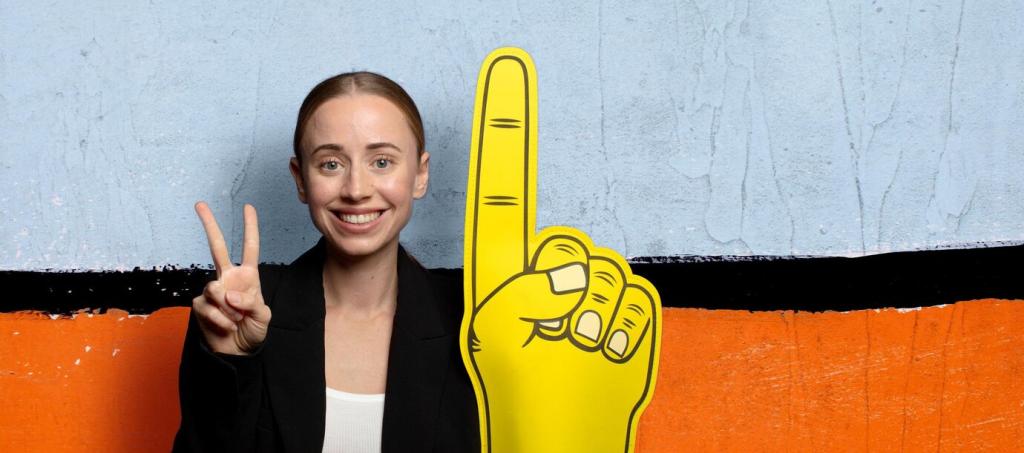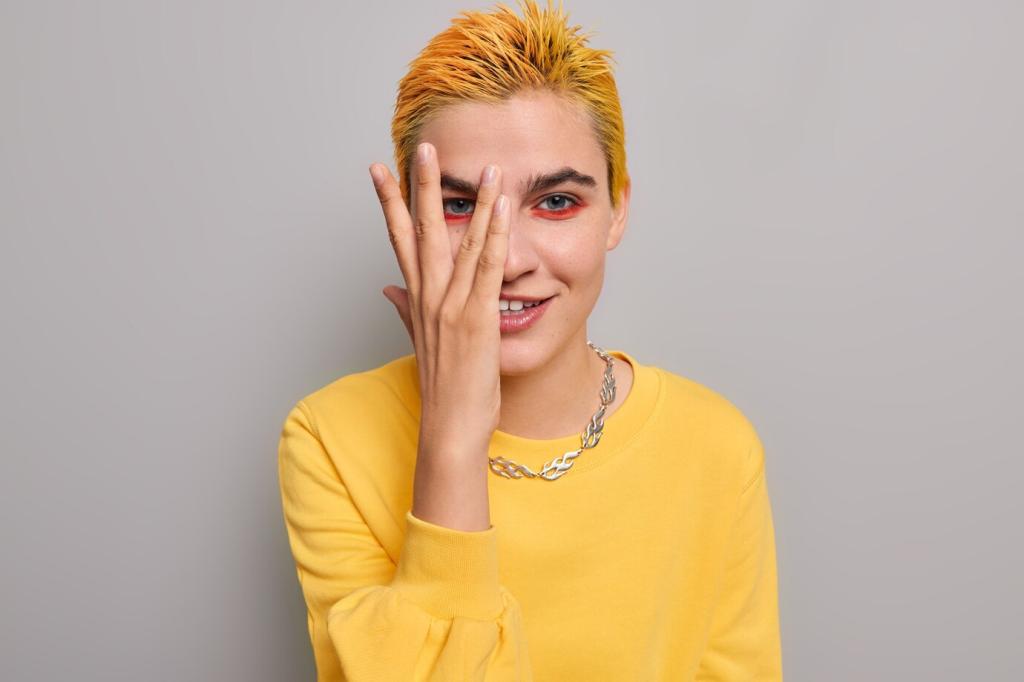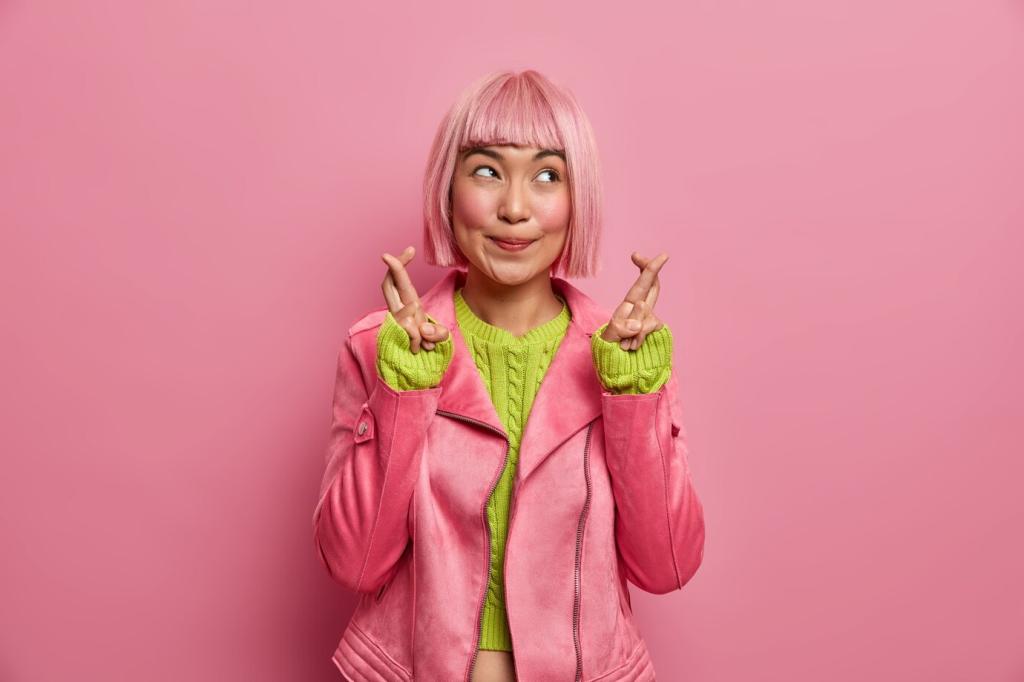Roots and Philosophies of Abstraction Across West and East
Kandinsky wrote of inner necessity, a flame urging form beyond the visible. In Zen and Taoist thought, emptiness is fullness, a breathing openness where strokes arrive like weather. Both seek truth beyond objects, yet their paths feel wonderfully different.
Roots and Philosophies of Abstraction Across West and East
Western modernists fractured objects to reveal structures beneath experience. Eastern calligraphy dissolves language into motion, turning characters into living rhythms. One chisels reality to facets; the other lets a single line become landscape, thunder, or memory across unmarked space.
Roots and Philosophies of Abstraction Across West and East
Western abstraction often framed itself as a break with tradition, fueled by industrial modernity and anxiety. Eastern abstraction grew from literati painting and ink philosophies, evolving through centuries. Different tempos, yet both reimagine vision as a meeting of mind and material.





